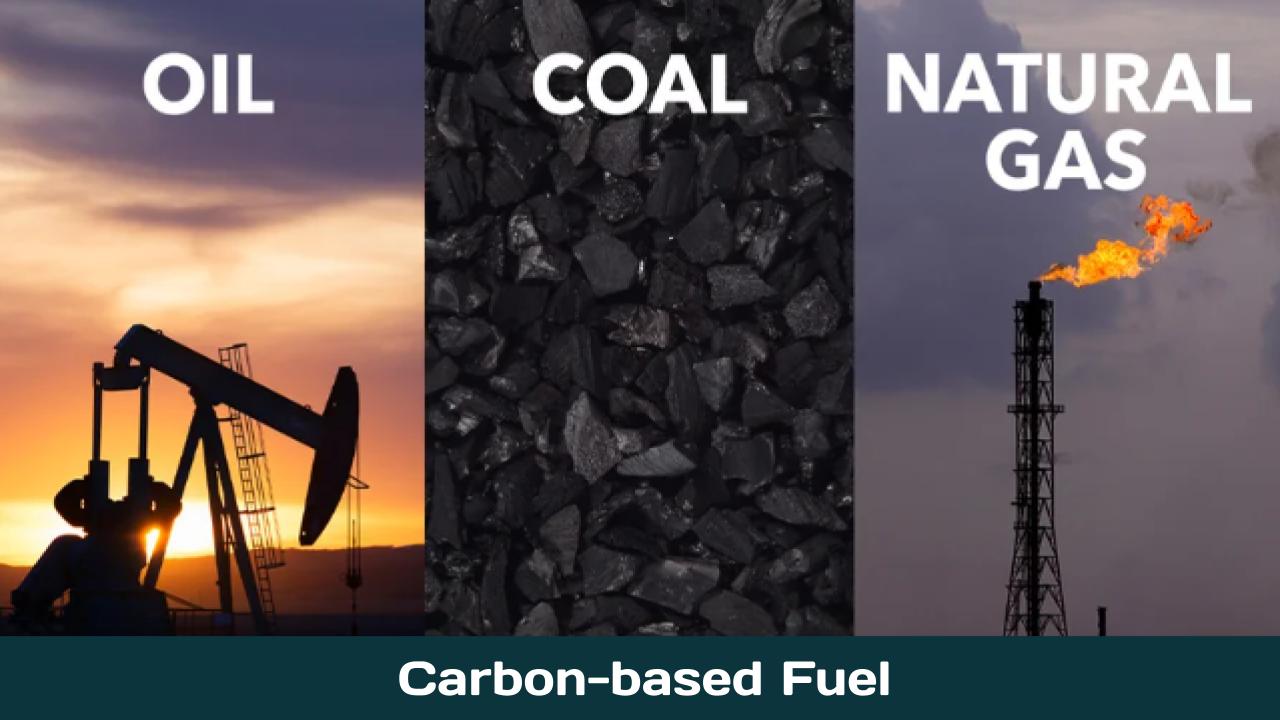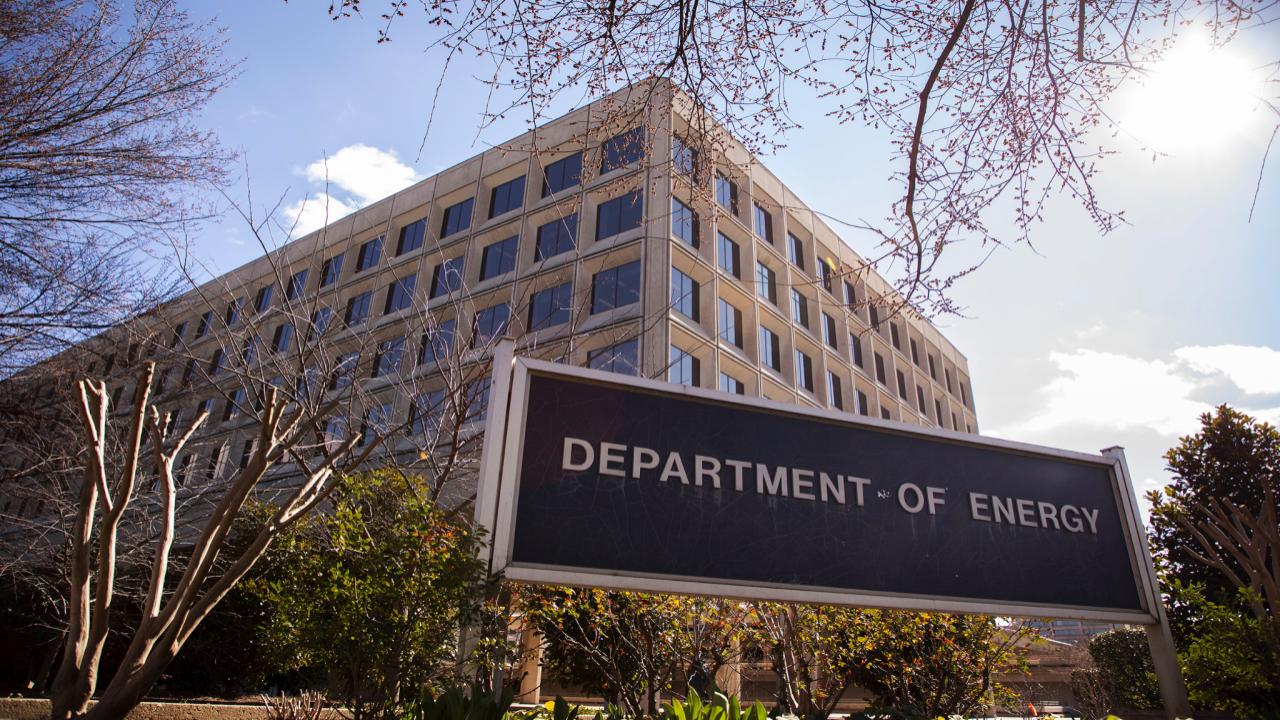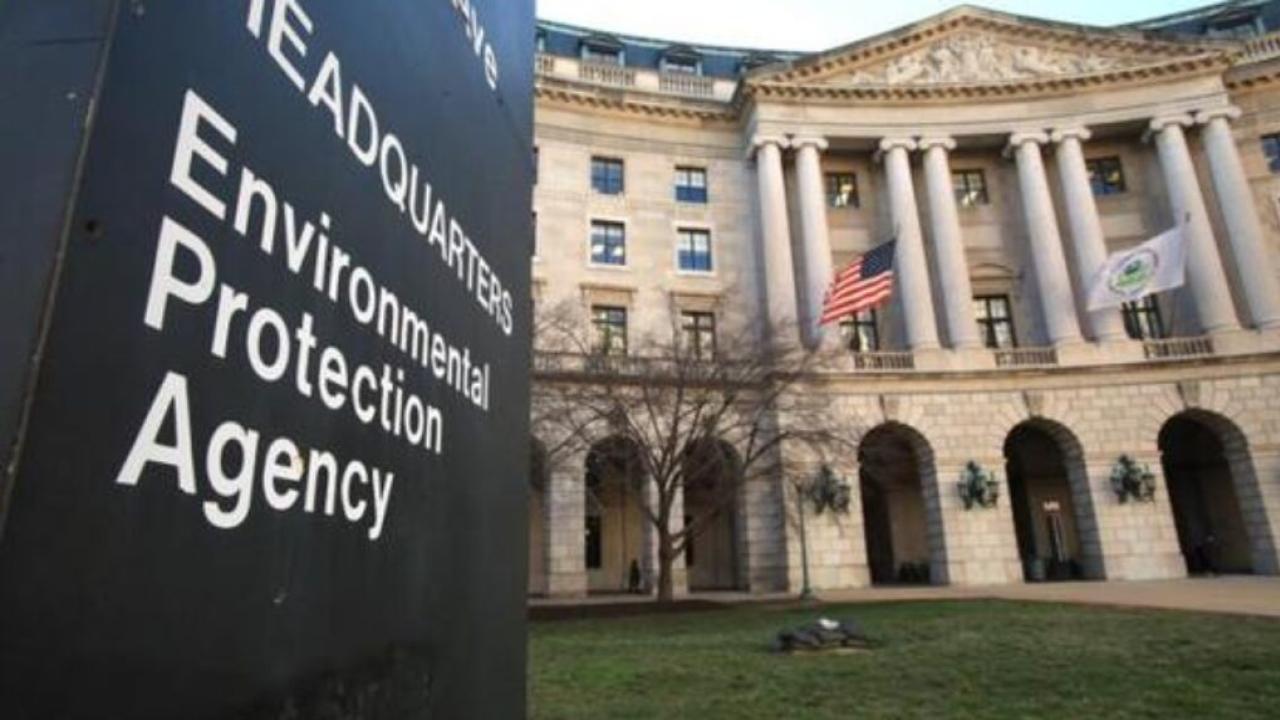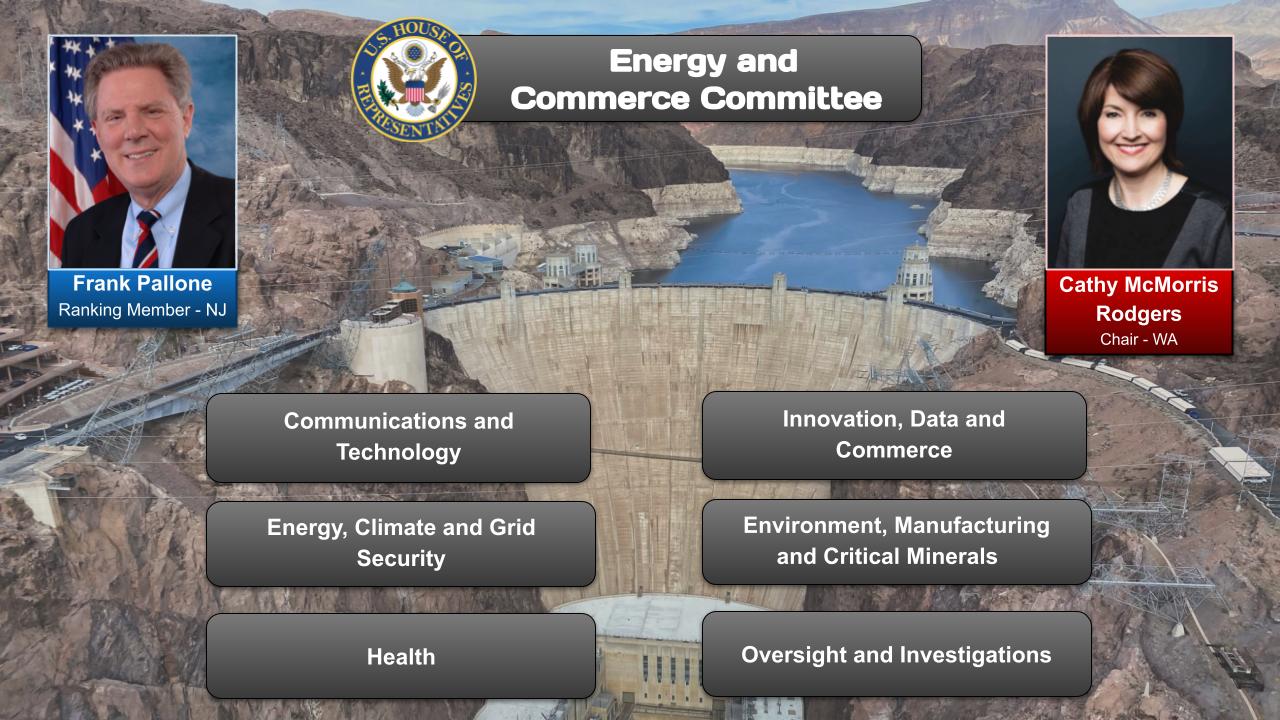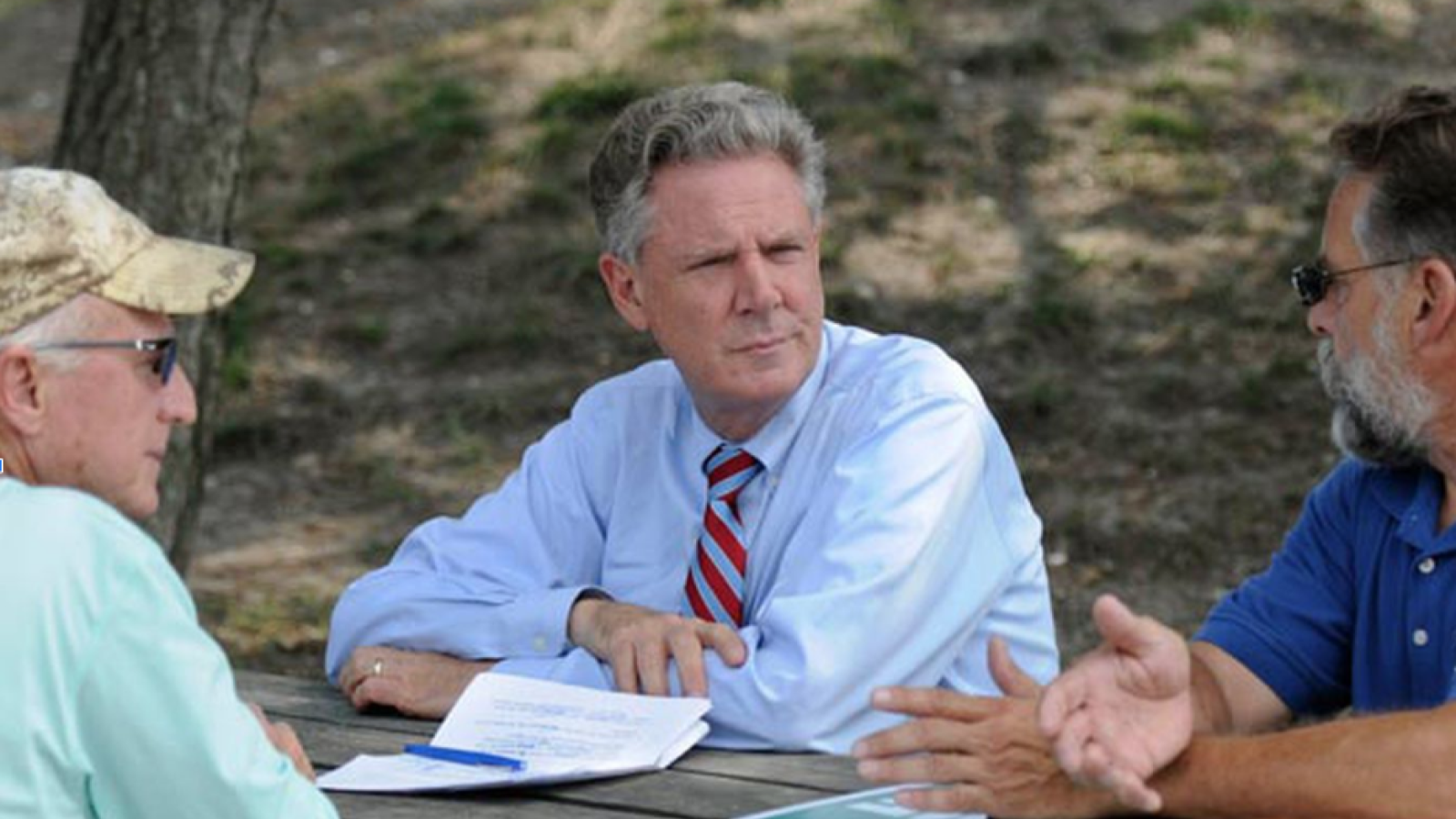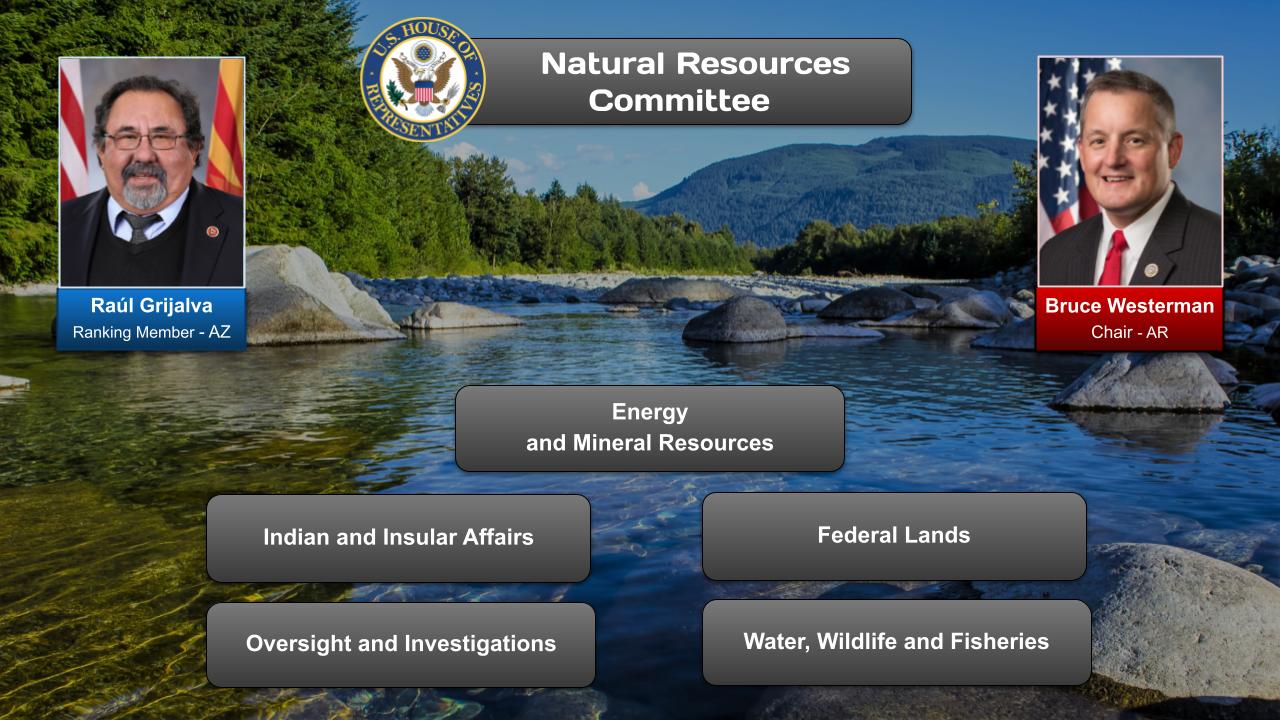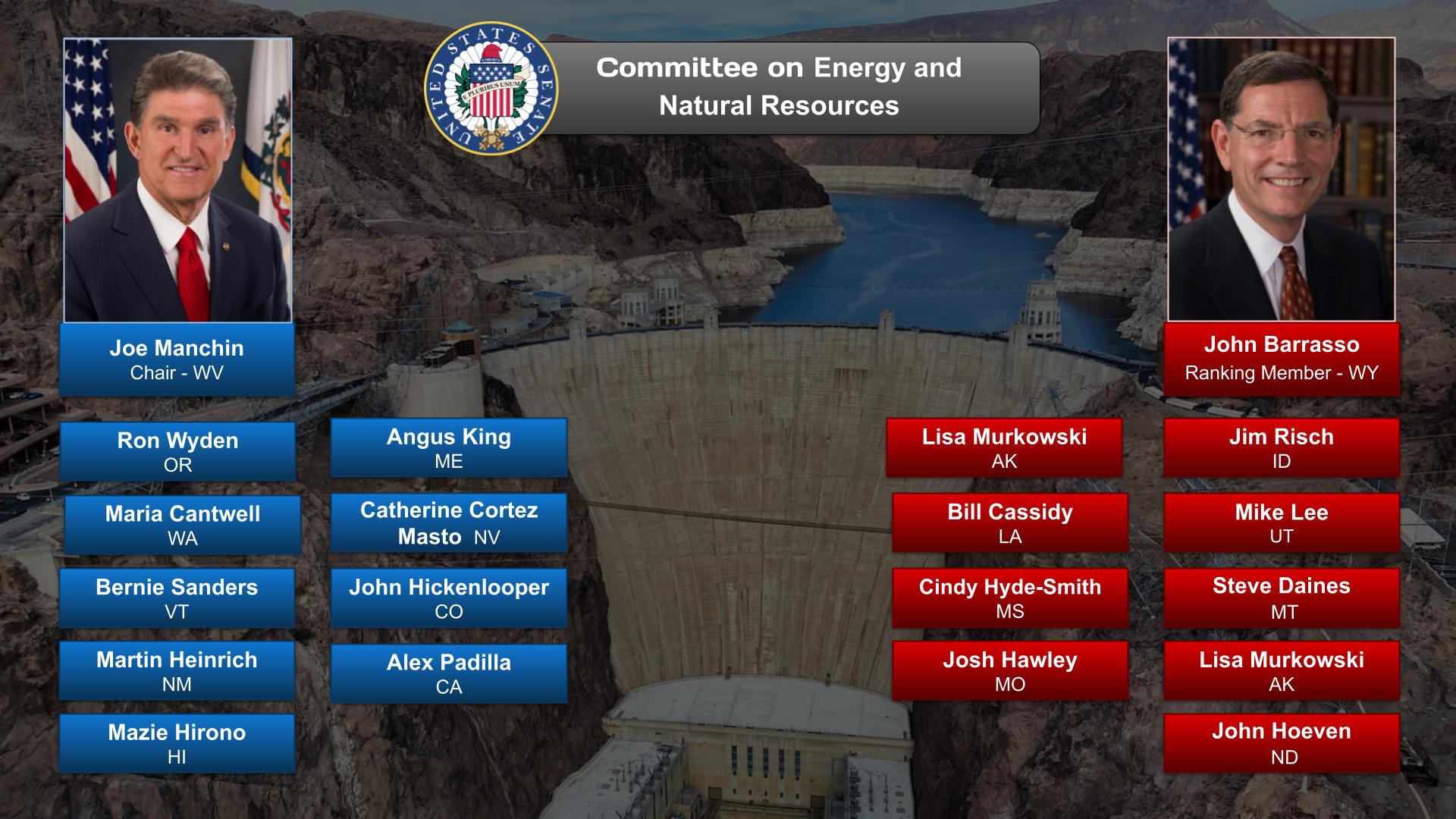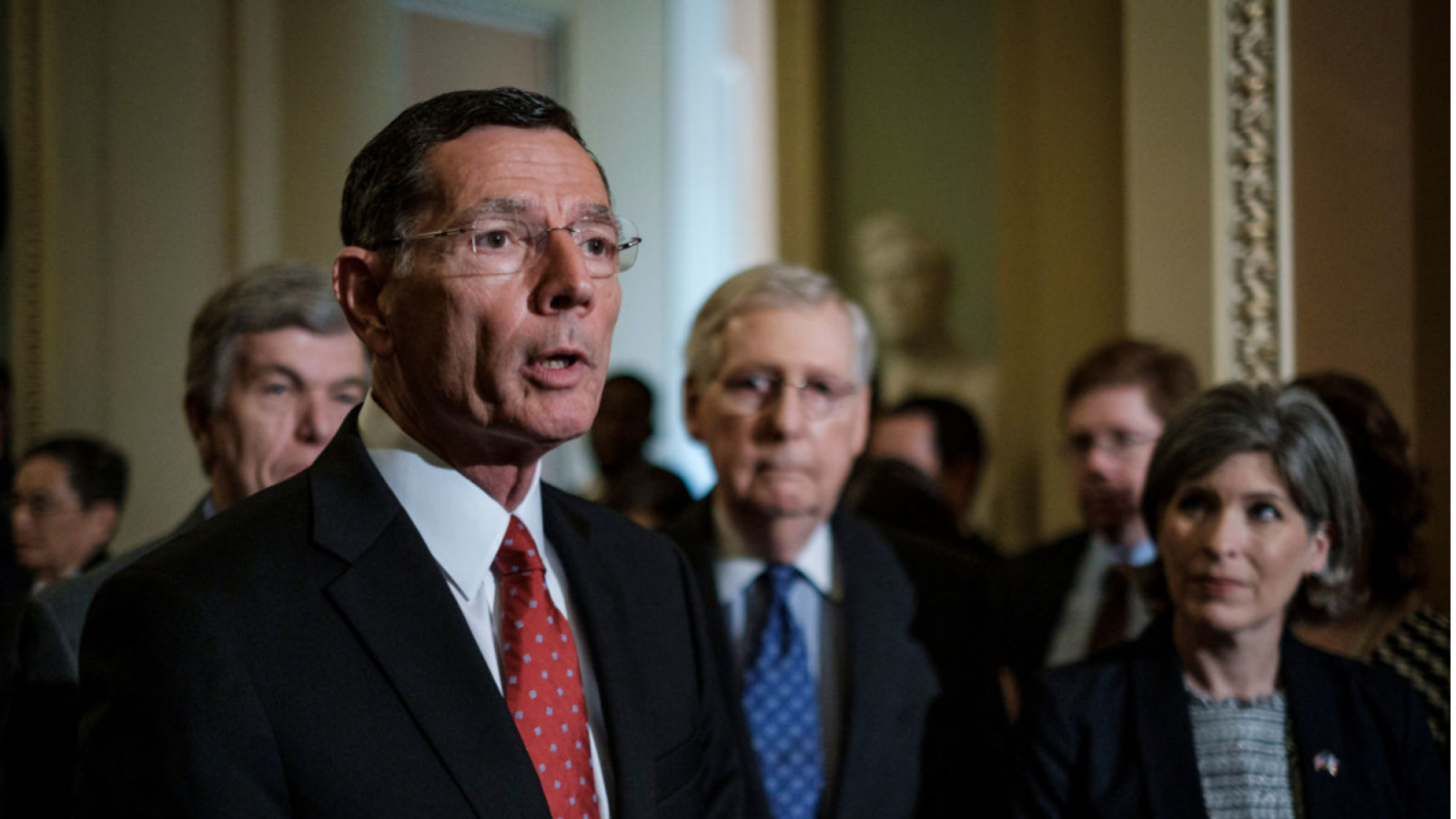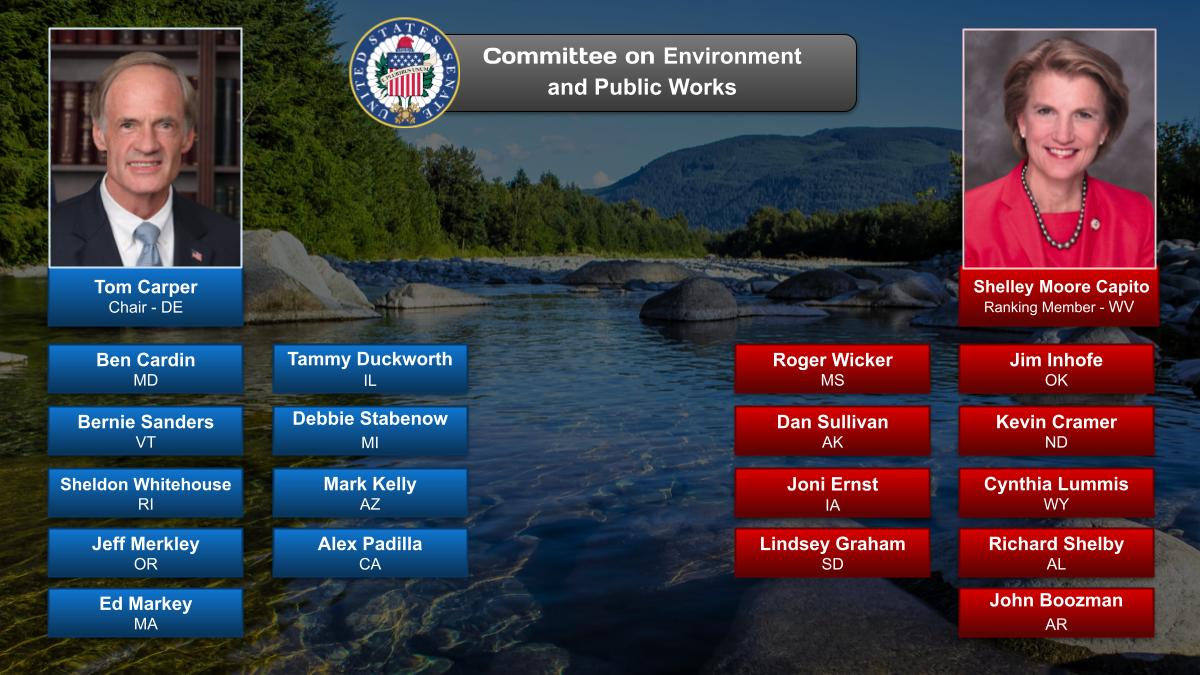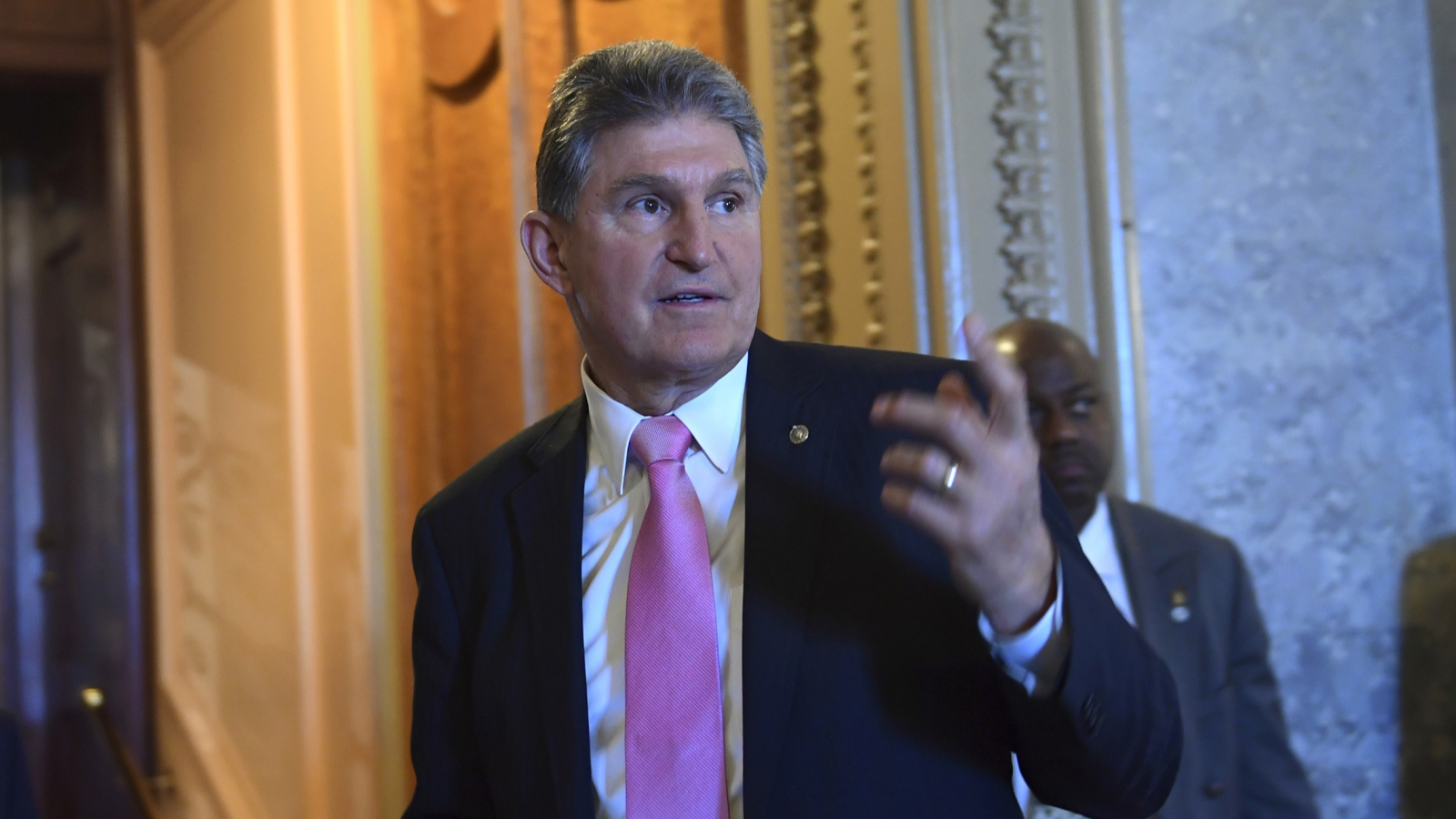Summary
This post on Carbon-based Fuel is 1 of 3 issues that US onAir curators are focusing on in the Energy & Environment category.
Carbon-based fuel is any fuel principally from the oxidation or burning of carbon. Carbon-based fuels are of two main kinds, biofuels and fossil fuels. Whereas biofuels are derived from recent-growth organic matter and are typically harvested, as with logging of forests and cutting of corn, fossil fuels are of prehistoric origin and are extracted from the ground, the principal fossil fuels being oil, coal, and natural gas.
Source: Wikipedia
OnAir Post: Carbon-based Fuel
News
Coal is still very much at the center of the debate on the future of energy. For some, the holy grail is a new type of technology that captures some coal carbon emissions. Science correspondent Miles O’Brien joins Judy Woodruff to take a closer look at the results coming out of one of the largest fossil fuel power plants in the country and the obstacles stopping them from collecting more.
About
Source: Wikipedia
Check the Energy & Environment post for the party positions, committees, government agencies related to Carbon-based Fuel and Energy & Environment issues.
Challenges
Environmental Concerns:
- Carbon emissions: Burning carbon-based fuels releases carbon dioxide (CO2), a greenhouse gas that contributes to climate change.
- Air pollution: Emissions from carbon-based fuel combustion include particulate matter, nitrogen oxides, and sulfur oxides, which can cause respiratory problems and contribute to smog.
- Water pollution: Carbon-based fuels can contaminate water sources through spills, leaks, and waste disposal.
Depletion of Fossil Fuels:
- Finite resources: Fossil fuels, such as coal, oil, and natural gas, are non-renewable resources that will eventually run out.
- Geopolitical instability: Fossil fuels are often concentrated in a few regions, creating potential for conflicts and political tensions.
Economic Constraints:
- Price volatility: Fossil fuel prices can fluctuate significantly, affecting energy costs for consumers and businesses.
- Subsidies: Some fossil fuels are subsidized by governments, which can distort market prices and delay the adoption of cleaner alternatives.
Technological Limitations:
- Inefficiency: Carbon-based fuels have relatively low energy conversion efficiencies, meaning a significant portion of the energy is lost during combustion.
- Carbon capture and storage: Technologies to capture and store carbon dioxide from fossil fuel combustion are still in early stages of development and are expensive.
Social and Political Barriers:
- Path dependence: The global energy system is heavily reliant on carbon-based fuels, making it difficult to transition to cleaner alternatives.
- Job losses: The transition away from carbon-based fuels could lead to job losses in fossil fuel industries.
- Public resistance: Some sectors of society may be resistant to changes in energy systems, particularly if they perceive it as affecting their economic well-being.
Source: Google Search + Gemini + onAir curation
Solutions
Transition to Renewable Energy Sources:
- Promote the development and deployment of solar, wind, and other renewable energy technologies.
- Invest in energy storage systems to smooth out intermittent supply.
- Reduce reliance on fossil fuels for power generation and transportation.
2. Improve Energy Efficiency:
- Implement energy-efficient building designs and appliances.
- Promote fuel-efficient transportation systems and technologies.
- Optimize industrial processes to reduce energy consumption.
3. Advance Carbon Capture and Storage (CCS):
- Develop technologies to capture carbon dioxide from industrial processes and power plants.
- Store captured CO2 in underground geological formations or use it for industrial applications.
- Promote CCS as a viable solution to reduce greenhouse gas emissions.
4. Promote Electric Vehicles (EVs):
- Incentivize the purchase and use of EVs.
- Expand the availability of charging infrastructure.
- Promote research and development of EV battery technologies.
5. Develop Sustainable Aviation Fuels:
- Invest in research on alternative fuels for aircraft, such as biofuels and synthetic fuels.
- Support the development of sustainable aviation technologies to reduce fuel consumption.
6. Advance Carbon Neutral Technologies:
- Explore technologies that remove carbon dioxide from the atmosphere, such as direct air capture and reforestation.
- Promote the use of carbon-neutral materials and processes in construction and manufacturing.
7. Promote Sustainable Agriculture Practices:
- Adopt agricultural practices that sequester carbon in soil, such as no-till farming and cover cropping.
- Promote the use of renewable energy sources in agriculture, such as solar-powered irrigation systems.
8. Implement Carbon Pricing Mechanisms:
- Implement carbon taxes or cap-and-trade systems to incentivize the reduction of carbon emissions.
- Allocate revenues from carbon pricing to support renewable energy and energy efficiency initiatives.
9. Engage in International Cooperation:
- Collaborate with other countries to develop and implement global solutions to carbon-based fuel challenges.
- Share knowledge and best practices to accelerate the transition to a low-carbon future.
10. Foster Innovation and Research:
- Continue to invest in research and development of innovative technologies and solutions to address carbon-based fuel challenges.
- Support universities, research institutions, and private sector companies involved in this critical endeavor.
Source: Google Search + Gemini + onAir curation
Websites
Research and Scientific Organizations
- Intergovernmental Panel on Climate Change (IPCC): https://www.ipcc.ch/
- Carbon Dioxide Information Analysis Center (CDIAC): https://cdiac.ess-dive.lbl.gov/
- World Resources Institute (WRI): https://www.wri.org/
- National Renewable Energy Laboratory (NREL): https://www.nrel.gov/
- International Energy Agency (IEA): https://www.iea.org/
Government Agencies
- U.S. Environmental Protection Agency (EPA): https://www.epa.gov/
- U.S. Department of Energy (DOE): https://www.energy.gov/
- European Commission: https://ec.europa.eu/
- United Nations Framework Convention on Climate Change (UNFCCC): https://unfccc.int/
Industry and Technology
- International Council on Clean Transportation (ICCT): https://www.theicct.org/
- Renewable Energy and Clean Technology Forum (REACT): https://www.reactforum.org/
- American Council for Energy-Efficient Economy (ACEEE): https://aceee.org/
- Electric Power Research Institute (EPRI): https://www.epri.com/
- Gas Technology Institute (GTI): https://www.gti.energy/
Education and Outreach
- Climate Change Education Partnership (CCEP): https://www.climatechange.ca/
- Carbon Literacy Project: https://carbonliteracy.com/
- Drawdown Project: https://www.drawdown.org/
- Science Based Targets initiative (SBTi): https://sciencebasedtargets.org/
- Project Drawdown: https://www.drawdown.org/
Source: Google Search + Gemini + onAir curation
Legislation
Laws
Source: Google Search + Gemini + onAir curation
Key Congressional Laws for Addressing Carbon-Based Fuel Challenges
Waxman-Markey Climate and Energy Bill (2009)
- Passed by the House of Representatives, but not the Senate.
- Intended to establish a cap-and-trade system to limit greenhouse gas emissions.
American Power Act (2011)
- Sponsored by President Barack Obama.
- Proposed a similar cap-and-trade system to Waxman-Markey, but with stronger enforcement.
- Failed to pass either chamber of Congress.
Energy Independence and Security Act of 2007
- Major energy policy legislation.
- Increased fuel efficiency standards for vehicles and reduced renewable fuel consumption targets.
Climate Action Plan and Power Plan (2013)
- Executive actions taken by President Obama.
- Set targets for reducing carbon pollution from power plants.
Bipartisan Budget Act of 2018
- Included provisions related to energy efficiency and clean energy incentives.
- Increased funding for renewable energy research and development.
Energy Act of 2020
- Comprehensive energy legislation passed by Congress.
- Included measures to support clean energy innovation and reduce greenhouse gas emissions.
Infrastructure Investment and Jobs Act (2021)
- Significant federal investment in infrastructure.
- Provides funding for electric vehicle charging stations, renewable energy projects, and climate resilience measures.
Inflation Reduction Act of 2022
- Landmark legislation that addresses climate change and energy security.
- Provides tax incentives for clean energy investments, invests in renewable energy technology, and creates a methane emission reduction program.
Other Notable Measures
- Clean Air Act: Regulates air pollution, including greenhouse gases.
- Energy Policy Act of 2005: Promoted energy efficiency and renewable energy development.
- Renewable Fuel Standard: Mandates the use of renewable fuels in transportation.
New Bills
Source: Google Search + Gemini + onAir curation
Sampling of Bills:
H.R.1440 —Modern, Clean, and Safe Trucks Act of 2023
Sponsor: LaMalfa, Doug [Rep.-R-CA-1] (Introduced 03/08/2023)
Cosponsors: (12)
Committees: House – Ways and Means
Latest Action: House – 03/08/2023 Referred to the House Committee on Ways and Means. (All Actions)
H.R.5744 — Energy Innovation and Carbon Dividend Act of 2023
Sponsor: Carbajal, Salud O. [Rep.-D-CA-24] (Introduced 09/27/2023)
Cosponsors: (1)
Committees: House – Ways and Means; Energy and Commerce; Foreign Affairs
Latest Action: House – 09/29/2023 Referred to the Subcommittee on Energy, Climate and Grid Security. (All Actions)
1. Clean Energy Future Act (H.R. 5139)
- Establishes a national clean energy standard, requiring utilities to generate electricity from renewable sources or invest in carbon capture and storage.
- Aims to reduce greenhouse gas emissions by 50% by 2030.
2. Climate Action Now Act (S. 357)
- Imposes a carbon tax on fossil fuels, increasing the price of carbon-intensive energy sources.
- Uses the revenue generated to invest in clean energy and infrastructure.
3. American Clean Energy Leadership Act (S. 1298)
- Invests heavily in renewable energy research and development.
- Sets a goal of net-zero emissions by 2050.
4. Clean Fuel Transportation Act (H.R. 3684)
- Promotes the adoption of zero-emission vehicles and fuels.
- Provides incentives for consumers to purchase electric vehicles and for businesses to invest in electric charging infrastructure.
5. Energy Efficiency Improvement Act (S. 341)
- Strengthens energy efficiency standards for buildings, appliances, and equipment.
- Reduces energy consumption and greenhouse gas emissions.
6. Carbon Capture and Utilization Act (H.R. 5849)
- Provides financial incentives for the development and deployment of carbon capture and storage technologies.
- Aims to reduce industrial emissions and promote the use of carbon dioxide for industrial purposes.
7. Nuclear Energy Modernization Act (S. 3154)
- Supports the development of advanced nuclear technologies, such as small modular reactors.
- Recognizes nuclear energy’s potential as a reliable and low-carbon source of electricity.
8. Research and Development for Climate Solutions Act (H.R. 3586)
- Increases funding for research into climate adaptation and mitigation strategies.
- Supports innovative solutions for reducing greenhouse gas emissions.
9. International Climate Action Act (S. 3375)
- Strengthens U.S. leadership in international climate negotiations.
- Provides financial assistance to developing countries for clean energy transition.
10. Green Infrastructure for Climate Resilience Act (H.R. 4517)
- Invests in infrastructure projects that enhance resilience to climate change, such as seawalls, flood control, and green stormwater management systems.
COMMITTEES, AGENCIES, & PROGRAMS
Committees
Source: Google Search + Gemini + onAir curation
House of Representatives
- Committee on Energy and Commerce: Oversees policies related to energy, environment, and health, including carbon pricing and clean energy technologies.
- Committee on Ways and Means: Jurisdiction over tax policy, including carbon taxes or cap-and-trade mechanisms.
- Select Committee on the Climate Crisis: Focuses specifically on climate change and carbon reduction strategies.
Senate
- Committee on Environment and Public Works: Overviews environmental issues, including air pollution, climate change, and renewable energy.
- Committee on Energy and Natural Resources: Jurisdiction over energy production and regulation, as well as public lands management.
- Committee on Finance: Authority over tax policy and revenue measures, including carbon pricing.
Additional Committees Involved:
- House Natural Resources Committee
- Senate Commerce, Science, and Transportation Committee
- Senate Homeland Security and Governmental Affairs Committee
These committees play a crucial role in:
- Reviewing and approving legislation related to carbon-based fuel challenges
- Holding hearings and gathering expert testimony on carbon pricing and other policies
- Providing oversight of government agencies involved in climate change regulation
- Influencing the federal budget and funding for low-carbon technologies
- Shaping public discourse and raising awareness about the urgency of addressing climate change
Government Agencies
Source: Google Search + Gemini + onAir curation
- Environmental Protection Agency (EPA): Responsible for regulating air pollution, including emissions from vehicles and other sources that burn fossil fuels. The EPA sets standards for fuel efficiency and develops programs to promote the use of alternative fuels.
- Department of Energy (DOE): Responsible for researching and developing new energy technologies, including renewable energy and advanced vehicle technologies. The DOE also provides financial assistance to businesses and consumers who invest in energy-efficient products and technologies.
- Department of Transportation (DOT): Responsible for regulating the transportation sector, including setting fuel efficiency standards for vehicles. The DOT also provides funding for infrastructure projects that improve transportation efficiency.
- Federal Energy Regulatory Commission (FERC): Responsible for regulating the interstate transmission of electricity and natural gas. FERC also reviews and approves the construction of new natural gas pipelines and other energy infrastructure projects.
- National Highway Traffic Safety Administration (NHTSA): Responsible for setting and enforcing safety standards for motor vehicles. NHTSA also conducts research on the safety of alternative fuels and vehicles.
Programs & Initiatives
Source: Google Search + Gemini + onAir curation
Clean Power Plan (CPP)
- Established under the Environmental Protection Agency (EPA) in 2015.
- Aimed to reduce carbon emissions from power plants by 32% below 2005 levels by 2030.
- Currently undergoing legal challenges and revisions.
2. Paris Agreement
- An international agreement signed in 2015.
- Commits the United States to reduce greenhouse gas emissions significantly and aims to limit global temperature rise to well below 2 degrees Celsius above pre-industrial levels.
3. Renewable Fuel Standard (RFS)
- Established by the Energy Policy Act of 2005.
- Requires fuel producers to blend biofuels, such as ethanol and biodiesel, into the gasoline and diesel supply.
4. Energy Innovation Act of 2007
- Created the Advanced Research Projects Agency-Energy (ARPA-E).
- Provides funding for research and development of advanced energy technologies, including carbon capture and storage.
5. Clean Energy Investment Tax Credit (ITC)
- A tax credit for businesses that invest in renewable energy projects, such as solar and wind farms.
- Extended under the Inflation Reduction Act of 2022.
6. Inflation Reduction Act of 2022
- A major legislation that includes several provisions to address climate change.
- Provides tax credits for clean energy investments, invests in carbon capture and storage, and establishes a Clean Energy Production Tax Credit.
7. Bipartisan Infrastructure Law
- Signed into law in 2021.
- Invests $65 billion in clean energy and climate infrastructure, including electric vehicle charging stations and transmission lines.
8. Department of Energy (DOE) Carbon Capture Initiative
- A collaborative effort to develop and deploy carbon capture and storage technologies.
- Provides funding for research, demonstration projects, and deployment incentives.
9. U.S. Climate Alliance
- A coalition of states committed to reducing greenhouse gas emissions.
- Sets ambitious targets for renewable energy and energy efficiency.
10. Carbon Credit Trading
- A market-based approach to reducing carbon emissions.
- Allows businesses to buy and sell credits that represent reductions in emissions.
Energy Earthshots
Source: DOE
To significantly reduce the negative impacts of greenhouse gas emissions (GHGs) from carbon-based fuels and products critical to our way of life, the U.S. Department of Energy (DOE) launched the Clean Fuels & Products Shot™. The seventh initiative associated with DOE’s Energy Earthshots™, this Shot focuses on decarbonizing the fuel and chemical industry through alternative sources of carbon to advance cost-effective technologies with a minimum of 85% lower GHG emissions by 2035.
This Shot supports the Sustainable Aviation Fuel Grand Challenge (SAF) and the Biden-Harris administration’s goal of net-zero emissions by 2050 through developing the sustainable feedstocks and conversion technologies necessary to produce crucial fuels and carbon-based products in sectors that are difficult to fully decarbonize. The Clean Fuels & Product Shot™ builds on DOE’s role in the interagency SAF Grand Challenge.
More Information
Nonpartisan Organizations
Source: Google Search + Gemini + onAir curation
Government Organizations
- Environmental Protection Agency (EPA): Regulates air quality and greenhouse gas emissions.
- Department of Energy (DOE): Develops and supports clean energy technologies, including carbon capture and storage.
- National Oceanic and Atmospheric Administration (NOAA): Provides climate data and research on the impacts of climate change.
Nonprofit Organizations
- Sierra Club: Advocates for environmental protection, including reducing carbon emissions.
- Natural Resources Defense Council (NRDC): Focuses on protecting natural resources and addressing climate change.
- Environmental Defense Fund (EDF): Works to find practical solutions to environmental challenges, including carbon mitigation.
- Union of Concerned Scientists (UCS): Provides scientific evidence and analysis on climate change and other environmental issues.
- World Resources Institute (WRI): Conducts research on sustainable development, including carbon management.
Think Tanks
- Center for Climate and Energy Solutions (C2ES): Develops policy recommendations on climate change and clean energy.
- Brookings Institution: Conducts research and analysis on public policy issues, including climate change.
- American Council on Renewable Energy (ACORE): Advocates for the development of renewable energy.
- Bipartisan Policy Center (BPC): Brings together Democrats and Republicans to work on policy issues, including energy and environment.
Industry Associations
- American Petroleum Institute (API): Represents the oil and gas industry, but also supports efforts to reduce carbon emissions.
- American Gas Association (AGA): Represents the natural gas industry, which is pursuing carbon capture and storage technologies.
- Edison Electric Institute (EEI): Represents the electric utility industry, which is transitioning to cleaner energy sources.
Partisan Organizations
Source: Google Search + Gemini + onAir curation
Democratic Organizations:
- Clean Air Task Force: Focuses on reducing air pollution and promoting clean energy, including transitioning away from carbon-based fuels.
- Environmental Defense Fund: Advocates for environmental protection, advocating for policies to reduce greenhouse gas emissions.
- Greenpeace: Global environmental organization that campaigns against climate change, including promoting renewable energy.
- Sierra Club: Environmental conservation organization that advocates for clean air, water, and climate protection.
- Union of Concerned Scientists: Public policy advocacy group that provides scientific evidence to inform policy decisions, including on climate change.
Republican Organizations:
- American Coalition for Clean Coal Electricity: Advocates for the continued use of coal-based power, while supporting research on clean coal technologies.
- Energy In Depth: Industry-funded organization that provides information on the oil and gas industry, including defending the use of fossil fuels.
- Free Market Institute: Think tank that promotes free market principles, including opposing government regulations on carbon emissions.
- Heritage Foundation: Conservative think tank that advocates for limited government intervention in the energy sector.
- Institute for Energy Research: Research organization that supports the use of fossil fuels and opposes clean energy policies.
Carbon-based fuel (Wiki)
Contents
Carbon-based fuel is any fuel principally from the oxidation or burning of carbon. Carbon-based fuels are of two main kinds, biofuels and fossil fuels. Whereas biofuels are derived from recent-growth organic matter[1] and are typically harvested, as with logging of forests and cutting of corn, fossil fuels are of prehistoric origin[2] and are extracted from the ground, the principal fossil fuels being oil, coal, and natural gas.
From an economic policy perspective, an important distinction between biofuels and fossil fuels is that only the former is sustainable or renewable.
Whereas we can continue to obtain energy from biofuels indefinitely in principle, the Earth’s reserves of fossil fuels was determined millions of years ago[3] and is therefore fixed as far as our foreseeable future is concerned. The great variability in the ease of extraction of fossil fuels however makes its endgame scenario one of increasing prices over one or more centuries rather than of abrupt exhaustion.[4]
From the perspective of climate and ecology, biofuels and fossil fuels have in common that they contribute to the production of atmospheric carbon dioxide, which has emerged in recent decades as the fastest-changing greenhouse gas, whose principal impacts are global warming and ocean acidification. However biofuels actively participate in the carbon cycle today by photosynthesizing carbon dioxide, unlike fossil fuels whose participation was long ago, and can therefore in principle bring atmospheric CO2 into an equilibrium not possible with the continued use of fossil fuel. But in practice photosynthesis is a slow process, and the additional fuel produced by artificial methods of accelerating it such as application of fertilizer tends to be offset by the energy consumed by the accelerating processes,[5] to a degree currently under active debate.[6] In contrast the speed of photosynthesis is immaterial for fossil fuels because they had millions of years in which to accumulate. Burning of both fossil fuels and biofuels usually also produces carbon monoxide, which is toxic and can kill a person after mixing with the haemoglobin of the blood, increasing its concentration in the body. Biofuels and fossil fuels may also produce many other air pollutants depending on the contents of the fuel.
References
- ^ Demirbas, A. . (2009). “Political, economic and environmental impacts of biofuels: A review”. Applied Energy. 86: S108–S117. doi:10.1016/j.apenergy.2009.04.036.
- ^ Paul Mann, Lisa Gahagan, and Mark B. Gordon, “Tectonic setting of the world’s giant oil and gas fields,” in Michel T. Halbouty (ed.) Giant Oil and Gas Fields of the Decade, 1990-1999, Tulsa, Okla.: American Association of Petroleum Geologists, p.50, accessed 22 June 2009.
- ^ Dr. Irene Novaczek. “Canada’s Fossil Fuel Dependency”. Elements.nb.ca. Archived from the original on 2019-09-04. Retrieved 2007-01-18.
- ^ “Microsoft Word – NETL Final Report, 2-05.doc” (PDF). Archived from the original (PDF) on 2009-12-15. Retrieved 2009-11-28.
- ^ Pimentel-Patzek report Archived 2007-08-09 at the Wayback Machine
- ^ National Biodiesel Board response to Pimentel Archived May 18, 2008, at the Wayback Machine
External links
- The Report of the National Advisory Panel on Sustainable Energy Science and Technology, Chapter 5, Carbon-Based Fuels
- “The Coming Energy Crisis?” Archived 2020-11-27 at the Wayback Machine – essay by James L. Williams of WTRG Economics and A. F. Alhajji of Ohio Northern University
- “Powering the Future” – Michael Parfit (National Geographic)
- “Federal Fossil Fuel Subsidies and Greenhouse Gas Emissions”
- Fossil Fuel Subsidies in Europe
- Biofuels at Curlie
- Alternative Fueling Station Locator (EERE).
- BioenergyWiki Archived 2007-01-29 at the Wayback Machine – a wiki on biofuels and related subjects, including bioenergy sustainability.
- How Much Water Does It Take to Make Electricity? — Natural gas requires the least water to produce energy, some biofuels the most, according to a new study.
- International Conference on Biofuels Standards – European Union Biofuels Standardization
- International Energy Agency: Biofuels for Transport – An International Perspective
